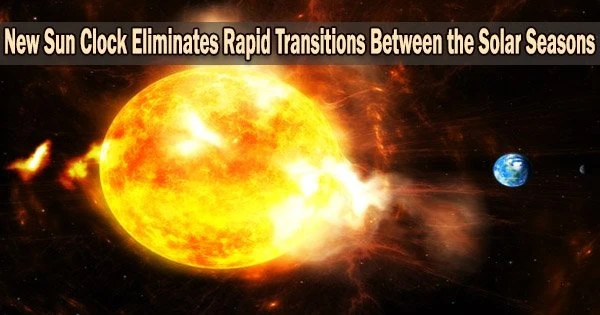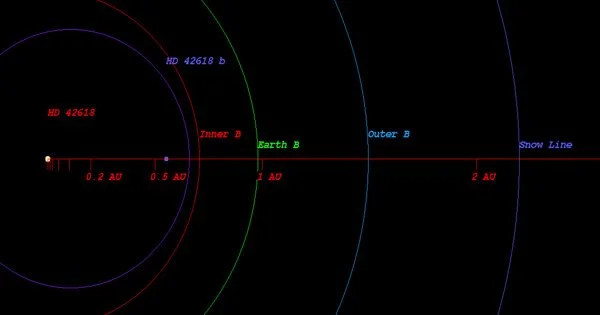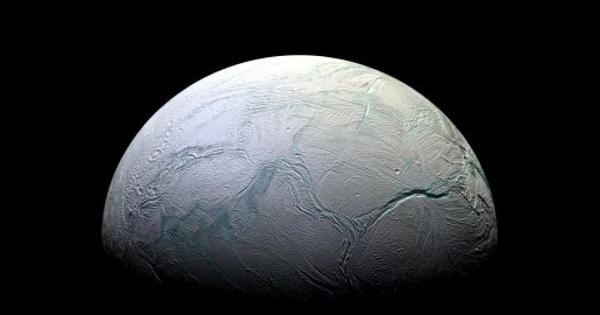Some of the most severe space weather phenomena on Earth are caused by violent activity on our Sun, having an effect on systems like satellites, communications networks, power distribution, and aviation.
The roughly 11 year cycle of solar activity has three ‘seasons’, each of which affects the space weather felt at Earth differently: (i) solar maximum, the sun is active and disordered, when space weather is stormy and events are irregular (ii) the declining phase, when the sun and solar wind becomes ordered, and space weather is more moderate and (iii) solar minimum, when activity is quiet.
Researchers from the University of Warwick showed that the transition from solar maximum to the decreasing phase occurs quickly, taking place in just a few (27 day) solar revolutions. The study, which was headed by the University of Warwick, was published in The Astrophysical Journal. They also demonstrated that the decreasing phase lasts twice as long in solar cycles with even numbers as it does in cycles with odd numbers.
No two solar cycles are the same in amplitude or duration. The daily sunspot number record accessible since 1818 was used by the scientists to construct a sun clock in order to analyze the solar seasons. This converts the irregular solar cycles into a conventional time scale.
A 22 year clock was built to investigate the about 22 year magnetic cycle that results from the sun’s magnetic polarity reversing after each roughly 11 year solar cycle. This magnetic cycle was named after George Ellery Hale.
If you know you’ve had a long cycle, you know the next one’s going to be short, we can estimate how long it’s going to last. Knowing the timing of the climate seasons helps to plan for space weather. Operationally it is useful to know when conditions will be active or quiet, for satellites, power grids, communications.
Professor Sandra Chapman
Once the clock is built, it can be used to investigate numerous observations of seasonal solar activity that affects the world. The effect on space weather at earth may be traced back using the longest continuous records of geomagnetic activity over the past 150 years.
The scientists could detect that the transition from the solar maximum to the declining phase happens quickly, taking place in a matter of a few (27 day) solar rotations thanks to the enhanced information provided by the sun clock.
There was also a distinct variation in the length of the decreasing phase between even-numbered cycles and odd-numbered cycles when the sun’s magnetic polarity was “up” as opposed to “down.” The scientists believe that cycle 25, which we are about to enter, will have a brief downward phase.
Lead author Professor Sandra Chapman of the University of Warwick Department of Physics said: “By combining well known methods in a new way, our clock resolves changes in the Sun’s climate to within a few solar rotations. Then you find the changes between some phases can be really sharp.”
“If you know you’ve had a long cycle, you know the next one’s going to be short, we can estimate how long it’s going to last. Knowing the timing of the climate seasons helps to plan for space weather. Operationally it is useful to know when conditions will be active or quiet, for satellites, power grids, communications.”
The findings also offer a hint as to how the Sun changes polarity at the end of each cycle.
Professor Chapman adds: “I also think it is remarkable that something the size of the sun can flip its magnetic field every 11 years, and going down-up is different to going up-down. Somehow the sun ‘knows which way up it is’, and this is an intriguing problem, at the heart of how the sun generates its magnetic field.”
















